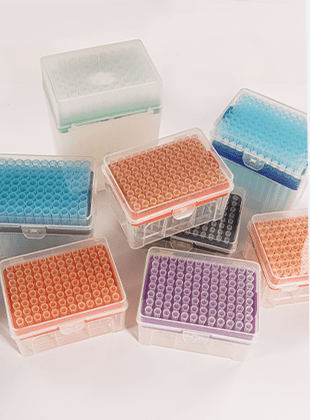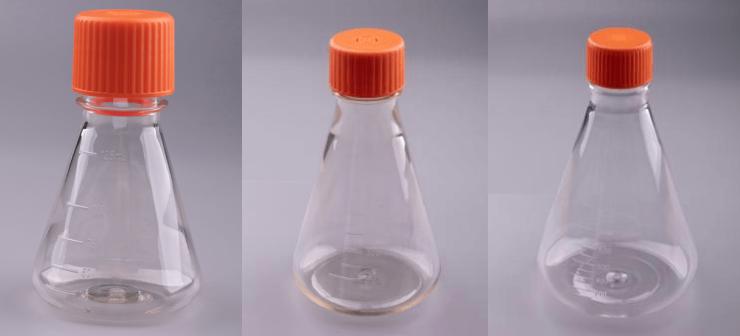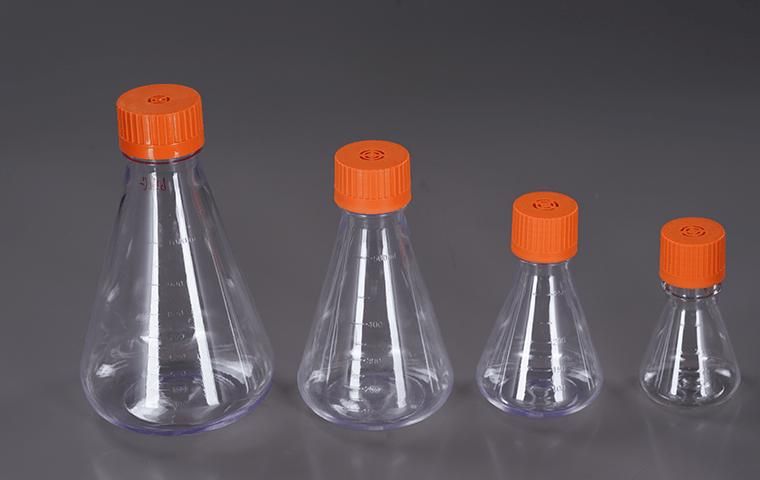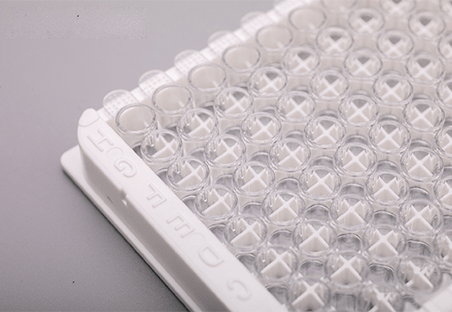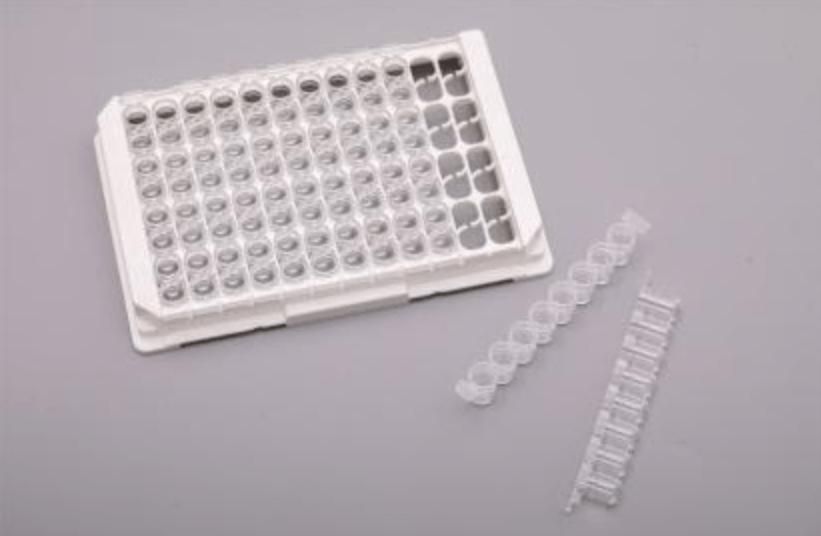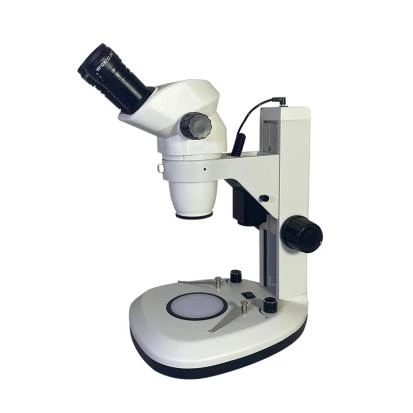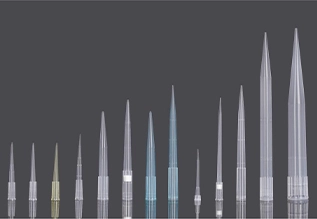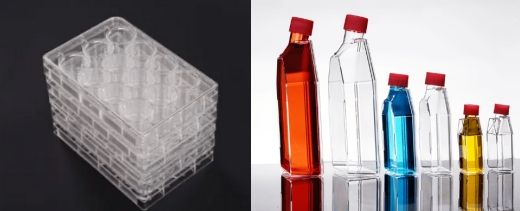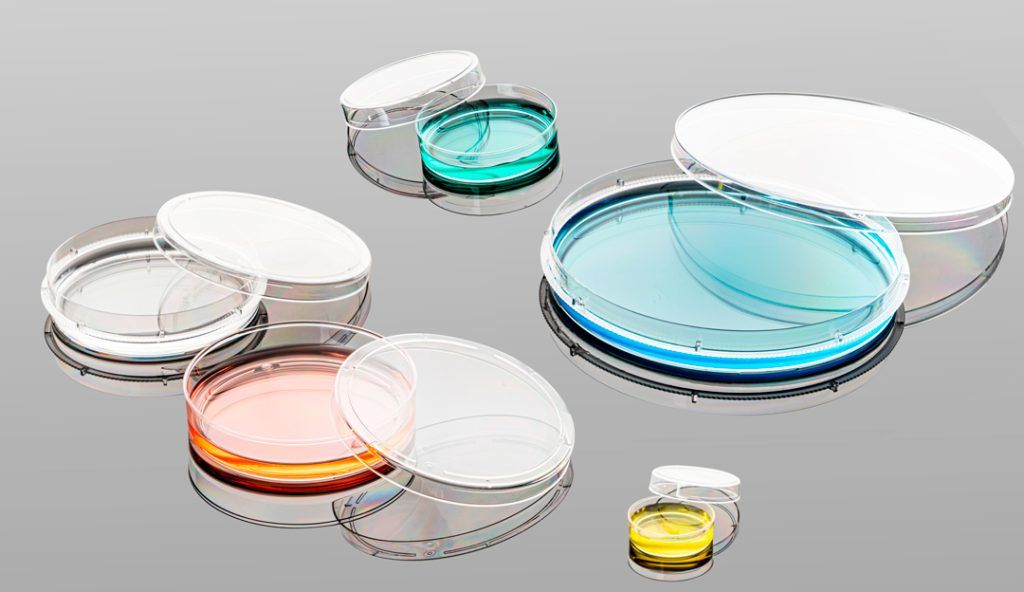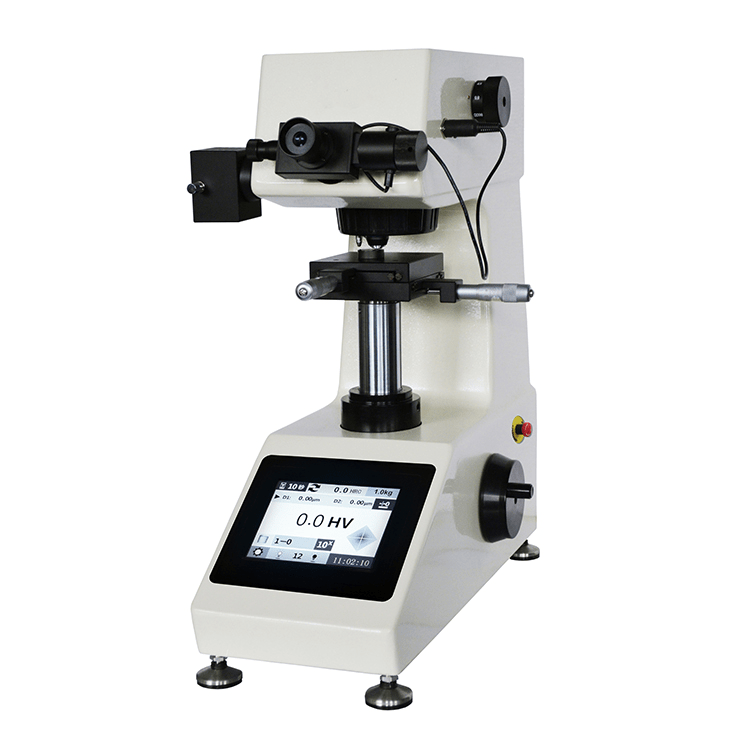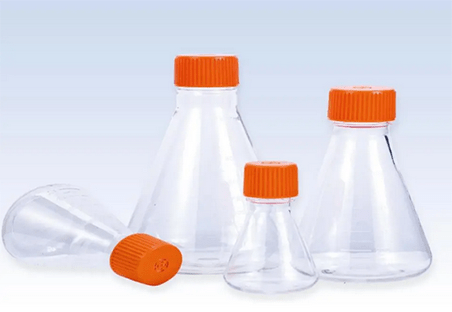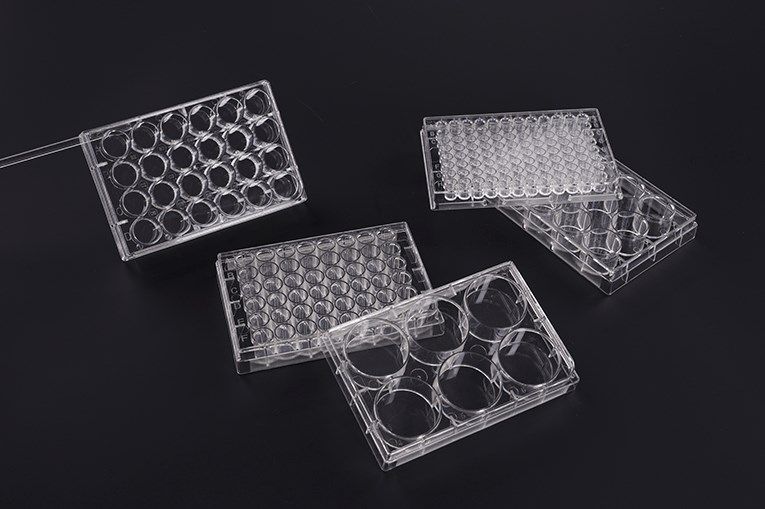This website uses cookies so that we can provide you with the best user experience possible. Cookie information is stored in your browser and performs functions such as recognising you when you return to our website and helping our team to understand which sections of the website you find most interesting and useful.
Pipette tips are tiny, disposable syringes used in scientific research and laboratory settings to accurately transfer small volumes of liquids. Pipette tips help to ensure accurate volume measurements, reducing errors and reagent waste. They allow for the rapid and convenient transfer of liquids, streamlining workflows and saving time. Disposable tips reduce cross-contamination between samples and protect…
Erlenmeyer flasks also called conical flasks, are indispensable in any laboratory. Because of their unique design and versatility, they are extremely useful for a wide range of scientific tasks. It is resistant to many acids, bases, and solvents without degrading. It is suitable for heating and boiling liquids because it can withstand high temperatures without cracking…
Cell culture has become the beating heart of countless biological investigations, serving as a crucial platform for studying cellular processes, developing life-saving drugs, and propelling advancements in diverse fields like medicine, biotechnology, and agriculture. Within this intricate dance of scientific inquiry, a seemingly simple piece of equipment plays a vital role: the cell culture flask….
The highly sensitive and adaptable Enzyme-Linked Immunosorbent Assay (ELISA) method is used in research and diagnostics to identify and measure particular molecules in a sample. With the help of ELISA, scientists and medical professionals can solve medical mysteries, make precise disease diagnoses, and ultimately enhance patient care. Even at levels undetectable to other techniques, it…
The little workhorses of the biological research industry are called enzyme-linked immunosorbent assay (ELISA) microplates. These thin, plastic trays loaded with tiny wells arranged in rows and columns serve as the platform for the potent ELISA technique, which finds and quantifies the presence of particular molecules in a sample—most frequently proteins. ELISA microplate is a kind…
Selecting the appropriate stereo zoom microscope is a crucial decision for professionals and enthusiasts alike, as it directly impacts the quality and precision of observations in various fields. Whether you are involved in research, education, or industrial applications, the right choice can significantly enhance your work. With a plethora of options available in the market, navigating…
In the intricate world of scientific research, accuracy and precision reign supreme. At the heart of this meticulous realm lies the humble pipette, a tool responsible for transferring minute volumes of liquids with unerring accuracy. But even the most sophisticated pipette is incomplete without its faithful companion: the pipette tip. These tiny plastic extensions ensure…
Within the field of cell biology, cell culture plates, and cell culture flasks are indispensable instruments for the controlled in vitro culture of cells. These two vessels have different features and uses, but they both aim to create an environment that is conducive to cell growth and proliferation. As such, they are complementary instruments with…
A cell culture dish, also known as a Petri dish, is a kind of cell culture consumables. Cell culture dishes are essential tools in laboratory research because they allow researchers to cultivate and study different types of cells, which in turn leads to advances in biomedical science and medical innovation. But to stop the spread…
From the unyielding resilience of steel to the malleable suppleness of rubber, hardness paints a crucial picture of a material’s behavior under applied forces. But quantifying this elusive quality requires a toolbox of specialized instruments: hardness testers. This guide can help you navigate the different types of hardness testers and their applications. What is the Hardness?…
Erlenmeyer flask, also known as a conical flask, is a common glass bottle in chemical laboratories. Because of their shape, Erlenmeyer flasks are ideal for a variety of tasks in analytical chemistry, including titration experiments, reflux heating, and crystallization. When making aseptic solutions, an Erlenmeyer flask must be prepared with meticulous attention to detail. Despite…
Basic biology, disease modeling, and drug discovery are just a few of the many research applications that use the fundamental technique of cell culture. Within a regulated setting, like a flask or petri dish, cells are grown in cell culture. In vivo research would not be feasible, but this enables scientists to examine the behavior…
2019 Chongqing Scope Instrument Co., Ltd. All Rights Reserved
